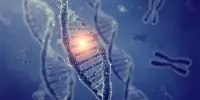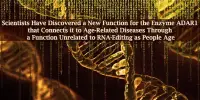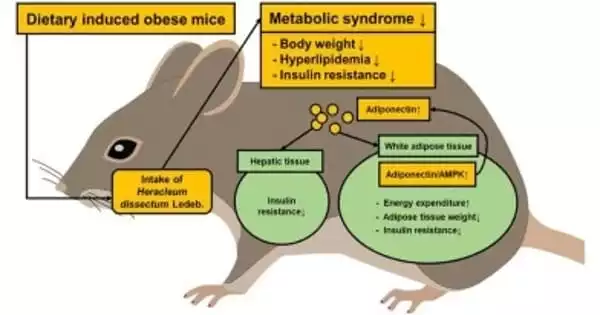The formation of silver nanoclusters, or the association of a silver atom with negatively charged anions, is frequently hampered by problems with stability, size homogeneity, and surface composition. These problems can be eliminated by protective molecules called ligands that attach to the surface of silver nanoclusters, giving rise to new nanoclusters with distinct chemical and physical characteristics.
Nanoclusters are stable, crystalline substances with a maximum diameter of two nanometers that are designed for certain properties, such as accelerating a specific chemical reaction, acting as a semiconducting material, or serving as a specific drug delivery system.
A group of nanoparticle scientists from Mian-Ming Zhang’s group at Shanxi Normal University and the Taiyuan University of Technology recently synthesized and characterized a new silver-molybdate nanocluster with the help of thiolate and phosphine ligands to protect the surface of the cluster and increase stability and uniformity.
Future studies will be helped by the application of protective ligands to create more silver metal and molybdate anion nanoclusters with distinctive properties.
The team published the results of their study in the May 11, 2023, issue of the journal Polyoxometalates.
“In order to further stabilize the cluster during synthesis, or to obtain a diverse cluster structure, a second ligand or a larger variety of ligands is often introduced during nanocluster synthesis. Strategies for mixed ligand protection were chosen in our study. For thiol/phosphine mixed ligands, adding thiol can overcome the single coordination of phosphine to silver as an auxiliary ligand and increase the abundance of coordination with silver,” said Jin-Ping Gao, first author of the study paper and researcher at the Key Laboratory of Magnetic Molecules & Magnetic Information Materials at Shanxi Normal University in Taiyuan, China.
We isolated an ideal, quadruple-symmetric sandwich cationic (positively charged)… nanocluster, [Ag13(MoO4)4(SC6H4iPr)2(dppp)8]3+ (Ag13), which is synthesized using four molybdate (MoO4)2− anions and protected by two ligands, thiolate (iPrC6H4S−) and phosphine (dppp). This work demonstrates that simple molybdate anions also have the potential to induce novel structures, opening the door to the use of this anion to isolate structures of interesting clusters.
Jin-Ping Gao
“Here, we introduced raw sodium molybdate… into the reaction process… to guide the synthesis of this quadruple-symmetric 13-silver atom cluster,” said Gao.
Molybdates are frequently added to the reaction environment, where they can self-assemble to form negatively charged molybdenum POMs that can then be encapsulated in a silver cluster structure to alter their size, shape, and charge balance.
“We isolated an ideal, quadruple-symmetric sandwich cationic (positively charged)… nanocluster, [Ag13(MoO4)4(SC6H4iPr)2(dppp)8]3+ (Ag13), which is synthesized using four molybdate (MoO4)2− anions and protected by two ligands, thiolate (iPrC6H4S−) and phosphine (dppp). This work demonstrates that simple molybdate anions also have the potential to induce novel structures, opening the door to the use of this anion to isolate structures of interesting clusters,” said Gao.
Nanocluster synthesis is paramount to developing new cluster structures with different chemical and physical properties.
“Metal nanoclusters are ideal nanomaterials for applications in different fields, including catalysis, or speeding chemical reactions, and biological applications such as bioimaging, sensing, optics, imaging, biolabeling and targeted drug delivery,” said Gao.
To produce the nanomaterials of the future, the research team is eager to overcome fresh obstacles in silver nanocluster synthesis. In order to ascertain the specific chemical structure of these molecules, this work will involve experimenting with various protective ligands and determining how the bonds between the organic periphery and the inorganic core are formed.
“We aspire to generate more silver clusters with high-symmetry aesthetics using a strategy of mixed-ligand combinations induced by an anionic, or negatively charged, template in the future. Our goal is to enrich the research process of mixing strategies to construct novel silver clusters and broaden the research progress of molybdate in highly symmetric silver clusters,” said Gao.
















